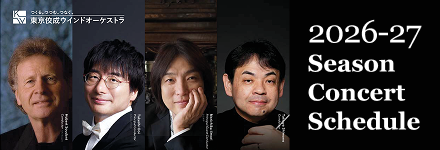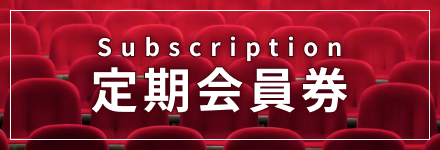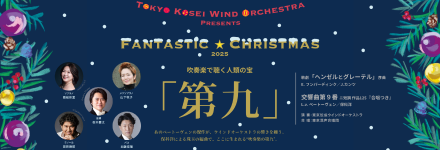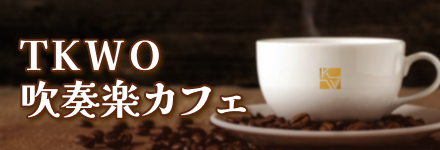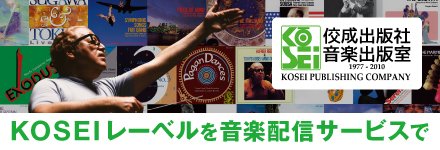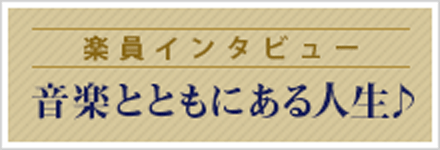デイヴィッド・マスランカ David Maslanka (1943-2017)
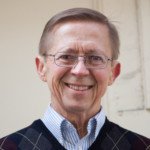
©Sue Rissberger Photography
デイヴィッド・マスランカは、1943年にマサチューセッツ州ニューベッドフォードで生まれました。オーバリン音楽院にてジョセフ・ウッドに作曲を師事し、オーストリアのザルツブルク・モーツァルテウム大学でも1年間学びました。その後、ミシガン州立大学でH.オーウェン・リードに作曲を師事し、修士課程および博士課程を修了しました。
マスランカは管楽器のための音楽が特によく知られています。彼が遺した150曲以上の作品のうち50曲以上が吹奏楽のための作品です。その中には、8つの交響曲*1、17の協奏曲、ミサ曲、そのほか演奏会用の作品が多数含まれています。室内楽では、4つの木管五重奏曲、5つのサクソフォン四重奏曲に加え、管楽器ソロとピアノのための作品も数多くあります。また、様々な管弦楽曲や合唱曲のための作品も作曲しています。
デイヴィッド・マスランカの作品はMaslanka Press、Carl Fischer、Kjos Music、Marimba Productions、OU Percussion Pressから出版されています。また、これらの作品はAlbany、Reference Recordings、BIS(スウェーデン)、Naxos、Cambria、CRI、Mark、Novisse、AUR、Cafua(日本)、Brain Music(日本)、Barking Dog、Klavierなどのレーベルで録音されています。彼は、ニューヨーク州立大学ジェネシオ校、サラ・ローレンス・カレッジ、ニューヨーク大学、およびニューヨーク市立大学キングスボロー・コミュニティ・カレッジの教員を務めた後、1990年から亡くなる2017年までモンタナ州ミズーラでフリーランスの作曲家として活動しました。
David Maslanka was born in New Bedford, Massachusetts in 1943. He attended the Oberlin College Conservatory where he studied composition with Joseph Wood. He spent a year at the Mozarteum in Salzburg, Austria, and did masters and doctoral study in composition at Michigan State University where his principal teacher was H. Owen Reed.
Maslanka's music for winds has become especially well known. Among his more than 150 works are over 50 pieces for wind ensemble, including eight symphonies, seventeen concertos, a Mass, and many concert pieces. His chamber music includes four wind quintets, five saxophone quartets, and many works for solo instrument and piano. In addition, he has written a variety of orchestral and choral pieces.
David Maslanka's compositions are published by Maslanka Press, Carl Fischer, Kjos Music, Marimba Productions, and OU Percussion Press. They have been recorded on Albany, Reference Recordings, BIS (Sweden), Naxos, Cambria, CRI, Mark, Novisse, AUR, Cafua (Japan), Brain Music (Japan), Barking Dog, and Klavier labels. He served on the faculties of the State University of New York at Geneseo, Sarah Lawrence College, New York University, and Kingsborough Community College of the City University of New York, and was a freelance composer in Missoula, Montana from 1990 until his death in 2017.


